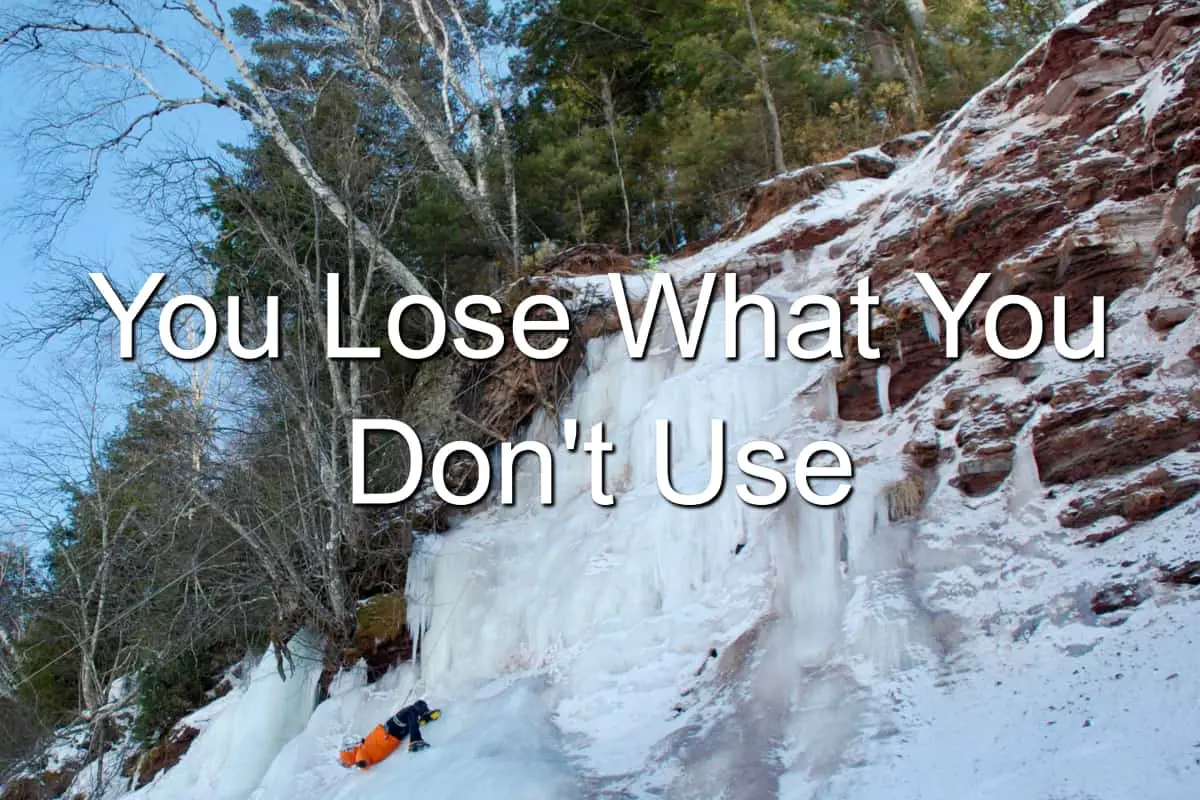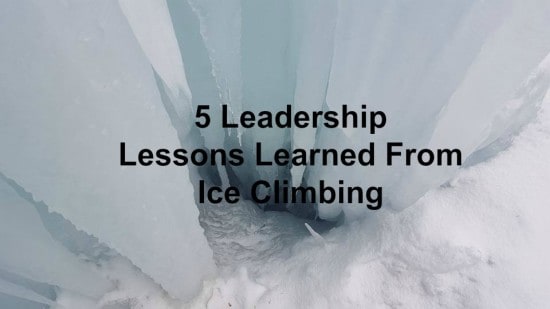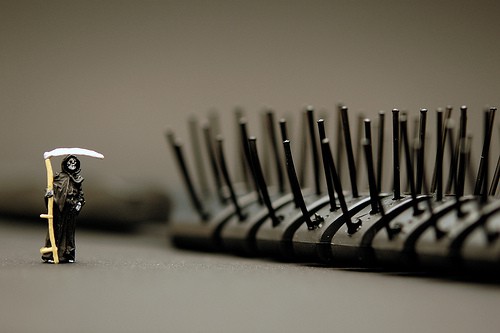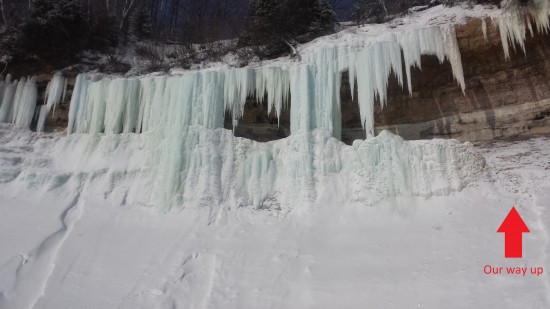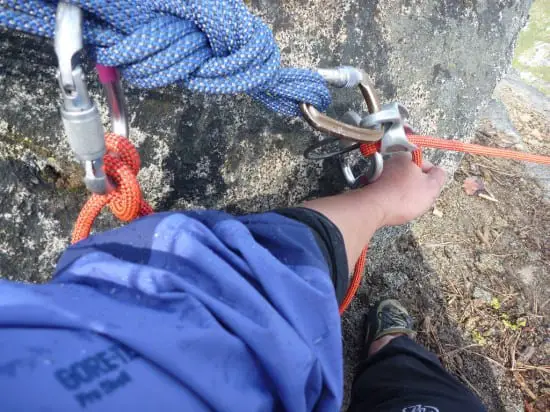You Lose What You Don’t Use
Every year I look forward to ice climbing in February. Every year I remember how much fun I had climbing frozen waterfalls in Munising and the camaraderie of my ice climbing buddies. I also remember how easy ice climbing came to me my first year.
Yet when I get back on the ice, the first day or two is horrendous. My ice climbing technique has digressed to a mess and I struggle to reach the top of a fun, yet easy climb called Dryer Hose. I wonder what happened. I question whether or not I had actually climbed well in prior years.
Then on day three or four, something magical happens. I begin to climb like I remembered. The skills I had honed over the years come back like they had never left.
But what happened? Why did I climb poorly the first day or two?

